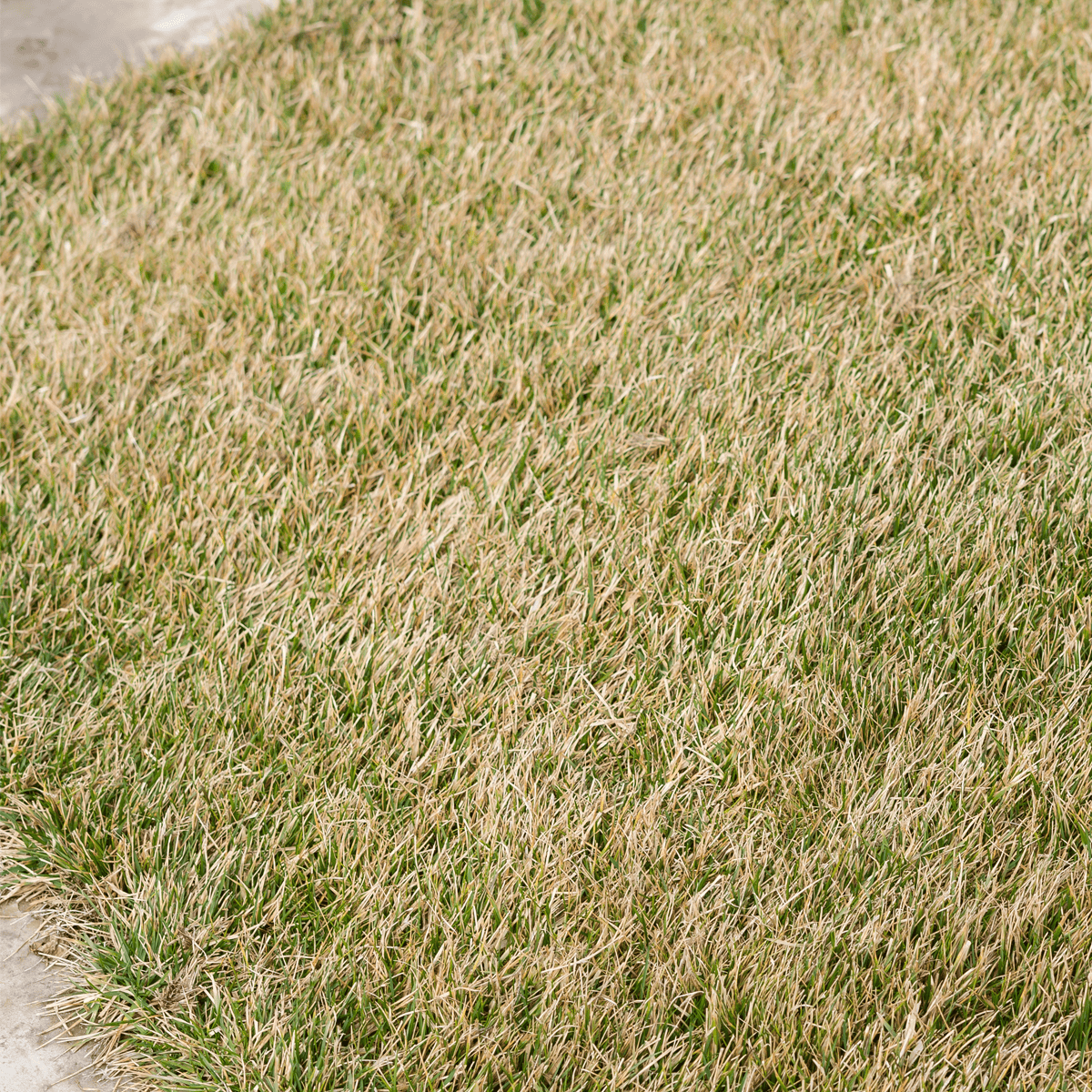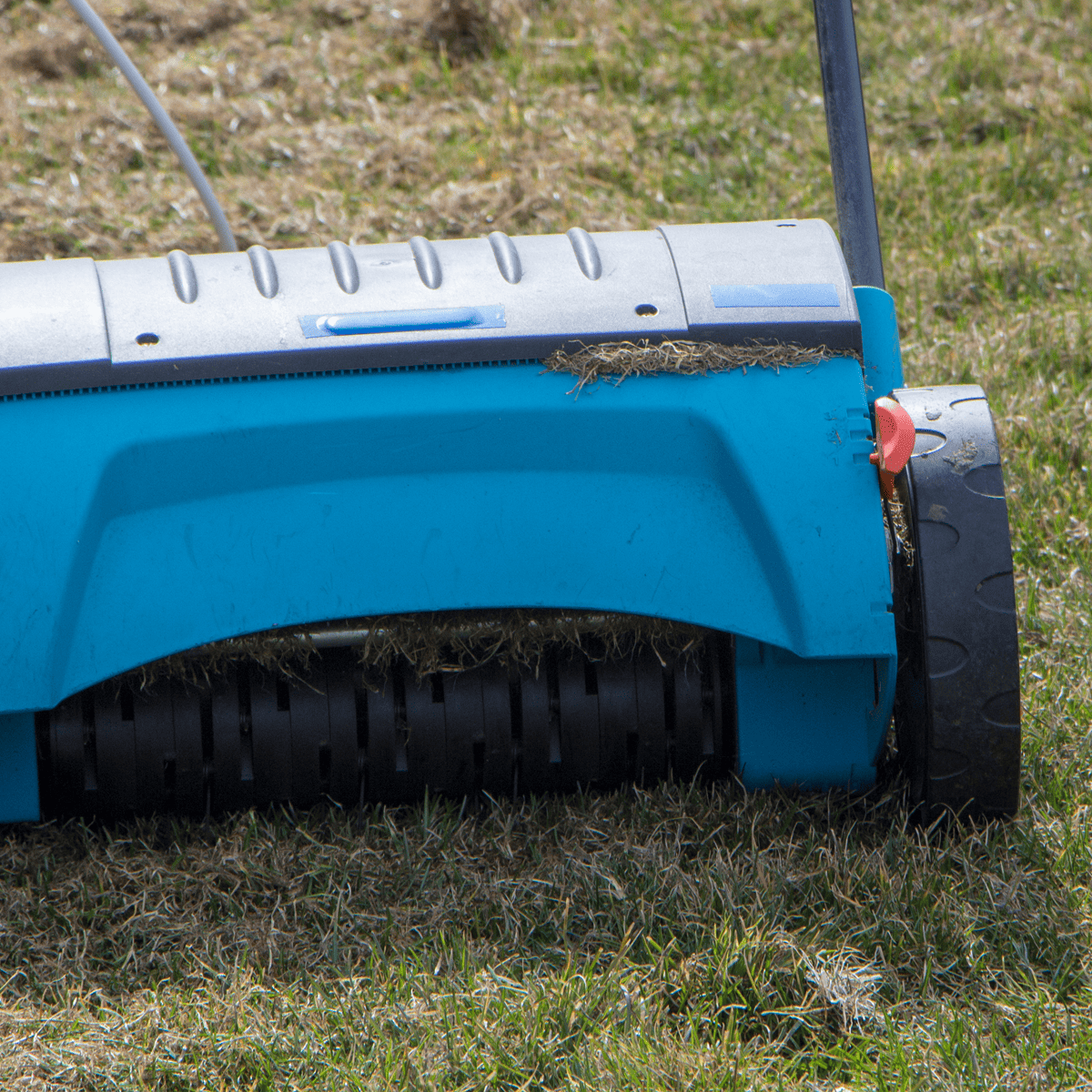Subscribe and save 17% with an annual subscription. Learn more.
Subscribe and save 17% with an annual subscription. Learn more.
If you’re aiming for a lush, green lawn, one of the most important steps you can take is aeration. Aerating your lawn helps break up compacted soil, improves water penetration, and encourages deeper root growth, leading to a healthier and more resilient lawn. For many Australian homeowners, especially those dealing with heavy clay soils or high-traffic areas, regular aeration is essential for keeping your grass in top condition.
At Wirri, we believe in simple, eco-conscious lawn care practices that deliver great results. In this guide, we’ll explore the benefits of aerating your lawn, when to do it, and how to get the best results for your Australian garden.
Over time, the soil beneath your lawn can become compacted, especially in areas where there’s heavy foot traffic, regular mowing, or poor drainage. When soil becomes compacted, it’s harder for water, nutrients, and oxygen to reach the grass roots, which can lead to thin, weak, or patchy grass. Aerating your lawn helps to relieve this compaction and offers a range of benefits:

Aeration is most effective when it’s done at the right time of year, depending on the type of grass you have and the climate in your area. Here’s how to determine the best time to aerate your lawn in Australia:
In general, you’ll want to avoid aerating during times of drought or extreme heat, as this can stress your lawn. Likewise, don’t aerate during winter when the grass is dormant, as the lawn won’t be able to recover until the growing season begins.
Aerating your lawn may sound like a big job, but it’s a relatively simple process when you have the right tools and follow the correct technique. Here’s a step-by-step guide to aerating your lawn:
There are two primary methods for aerating your lawn:
If you have a large lawn, it’s worth investing in a mechanical aerator or hiring one for the day. For smaller lawns, a manual aerator or even a garden fork can do the job.
If you’re using a core aerator, the small plugs of soil left behind should be left on the lawn to break down naturally. These plugs will decompose over time, returning valuable nutrients to the soil and helping to reduce thatch buildup.
After aerating, your lawn will be ready to absorb nutrients and water more effectively. This is the perfect time to apply a slow-release fertiliser, which will nourish the roots as they grow deeper into the loosened soil. Be sure to water your lawn thoroughly after aeration, especially if you applied fertiliser, as this helps the nutrients reach the roots.

The frequency of aeration depends on your lawn’s soil type and how much foot traffic it gets:
If your lawn feels spongy or water tends to pool on the surface after watering, it’s a sign that your soil may be compacted and in need of aeration.
While DIY aeration can be a cost-effective option for small to medium-sized lawns, you may want to consider hiring a professional lawn care service if you have a larger area to cover or if your soil is particularly compacted. Professionals have access to high-quality aeration equipment that can handle more challenging conditions, saving you time and effort.
At Wirri, we offer expert guidance and eco-conscious products that support healthy lawn maintenance, including aeration. Whether you prefer to tackle aeration yourself or leave it to the pros, we’re here to help you achieve the best results for your lawn.
Aerating your lawn is one of the best ways to promote strong, healthy grass that can withstand Australia’s tough climate. By improving soil structure, enhancing water absorption, and encouraging deep root growth, aeration helps your lawn stay green and vibrant with less water and fewer inputs.
At Wirri, we’re committed to helping you care for your lawn in an eco-friendly and effective way. Our subscription service provides everything you need—from fertilisers to expert advice—to ensure your lawn stays in great shape year-round.
Ready to give your lawn the boost it needs? Join the Wirri community today and start growing a healthier, more resilient lawn with our eco-conscious lawn care solutions!
For more lawn care tips, seasonal advice, and eco-friendly product recommendations, follow the Wirri blog. Stay tuned for updates!
Stay in the loop with special offers, lawn care tips, and more.


Wirri supports Trillion Trees Australia, the UN Sustainable Development Guide and Pledge 1% among other progressive initiatives.
Wirri acknowledges the Australian Aboriginal and Torres Strait Islander Peoples as the first inhabitants of this nation and the traditional custodians of the lands on which we live, work, and care for our environment. We recognize their continuing connection to land, water, and sky and pay our respects to Elders past, present, and emerging.